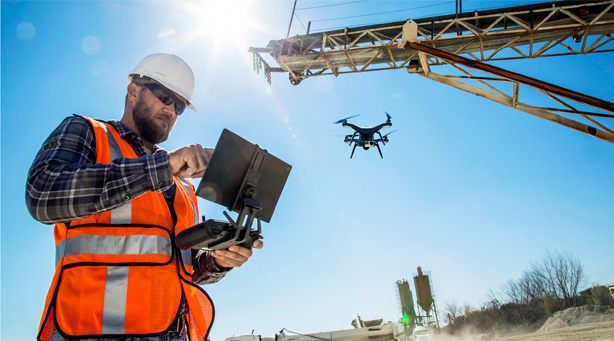Emergency Response: Tips to keep you safe
The shooting at Santa Fe High School in Texas, the 101st mass shooting in 2018 is just the most recent in a long, alarming, and troubling trend in our country. While the horror of such acts is almost unfathomable, it is critical for any organization, business, church or school to be mindful of them, identify potential threats within your own walls, and prepare for "worst case scenarios".
It is absolutely necessary for organizations to take steps to protect the individuals within that organization. There are a number of ways to do that:
Develop an Emergency Action Plan (EAP)
Develop an Emergency Action Plan (EAP). Implement the plan. Stick to the plan. This Emergency Action Plan should include:
- Perform risk analysis and assessments of your operation
- A preferred method for reporting emergencies
- An evacuation policy and procedure
- Emergency escape procedures and route assignments (i.e., floor plans, safe areas)
- Contact information for and responsibilities of individuals to be contacted under the EAP
- Information concerning local area hospitals (i.e., name, telephone number, and distance from your location)
- An emergency notification system to alert various parties of an emergency including:
–Individuals at remote locations within premises
–Local law enforcement
–Local area hospitals
Train employees, parishioners, and volunteers
Train employees, parishioners, and volunteers on the Emergency Action Plan and response procedures.
Do not be afraid
Do not be afraid to report suspicious or concerning behavior to authorities.
Be alert to individuals who display “red flags”
Be alert to individuals who display “red flags” such as drug abuse, mental instability, behavioral trends such as insubordination, a fixation with weapons or violence, post negative or threatening material on social media, et cetera.
Talk to employees
TALK to employees, parishioners, and children, and LISTEN to what they have to say.
The risk management tips above will not eliminate the possibility of tragedy, but they can help reduce the severity.
Take time to review your Emergency Response plan and be diligent about maintaining and training. Doing so may save lives.












